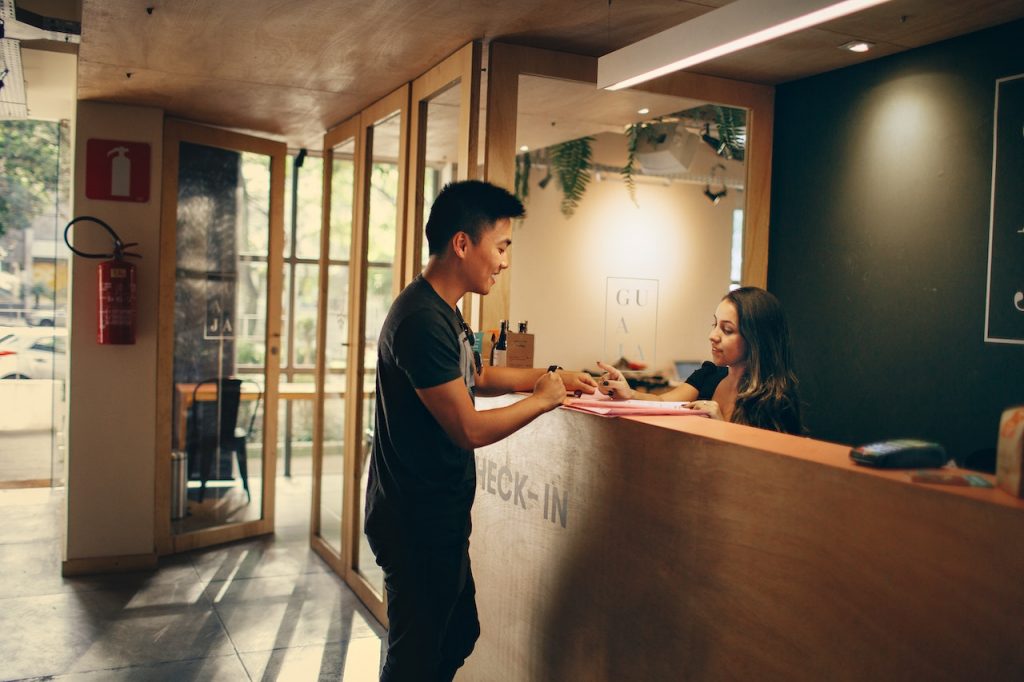
GUEST POST from Chateau G Pato
In today’s highly competitive business landscape, acquiring new customers is becoming increasingly challenging. To maintain a competitive edge, businesses need to focus on building customer loyalty. Customer loyalty is not just about offering a great product or competitive pricing; it is also about providing exceptional service. This article will delve into the importance of exceptional service and provide two case studies that illustrate how companies have successfully built customer loyalty through this approach.
Case Study 1: Zappos – Delivering Happiness
Zappos, the online shoe and clothing retailer, has become synonymous with exceptional customer service. Their commitment to providing the best service possible has become their unique selling proposition. They believe that happier customers lead to more loyal customers, and in turn, increased business success.
Zappos demonstrates this philosophy through their exceptional returns policy. They offer a 365-day return period, allowing customers to try on their purchases and return them hassle-free if they’re not satisfied. Their customer service representatives are available 24/7 and are empowered to solve problems creatively, going above and beyond to exceed customer expectations.
By prioritizing customer satisfaction over short-term gains, Zappos has cultivated a loyal customer base. These customers not only return for repeat purchases but also become brand ambassadors, spreading positive word-of-mouth and recommending Zappos to their friends and family.
Case Study 2: Ritz-Carlton – Personalized Experiences
Ritz-Carlton, a luxury hotel chain, understands that exceptional service is crucial in the hospitality industry. They have built a reputation for providing personalized experiences that leave a lasting impression on their guests.
One remarkable example of their commitment to exceptional service is the “Cleo’s Lemonade Stand” story, which has become legendary in the customer service world. A family staying at the Ritz-Carlton’s Amelia Island location had a child with severe food allergies. The family had forgotten to pack the child’s special lemonade, which they desperately needed to prevent a potentially life-threatening allergic reaction.
Recognizing the urgency, a Ritz-Carlton employee went above and beyond to procure the specific lemonade, driving to six different local stores until he found it. The employee ensured that the child’s stay at the hotel was not only safe but also filled with joy.
This personalized and empathetic approach to customer service has earned Ritz-Carlton a level of loyalty that extends beyond mere satisfaction. Guests not only continue to return to their hotels but also become lifelong advocates, sharing their exceptional experiences with others.
Conclusion
Exceptional service is the key to building customer loyalty, and these case studies underscore the significance of going above and beyond to exceed customer expectations. Zappos and Ritz-Carlton have demonstrated that by prioritizing customer satisfaction and delivering exceptional experiences, businesses can cultivate loyal customers who become organic brand ambassadors. In today’s competitive marketplace, exceptional service should be a top priority for businesses striving to build meaningful connections with their customers and thrive in the long run.
SPECIAL BONUS: Braden Kelley’s Problem Finding Canvas can be a super useful starting point for doing design thinking or human-centered design.
“The Problem Finding Canvas should help you investigate a handful of areas to explore, choose the one most important to you, extract all of the potential challenges and opportunities and choose one to prioritize.”
Image credit: Pexels
![]() Sign up here to get Human-Centered Change & Innovation Weekly delivered to your inbox every week.
Sign up here to get Human-Centered Change & Innovation Weekly delivered to your inbox every week.

